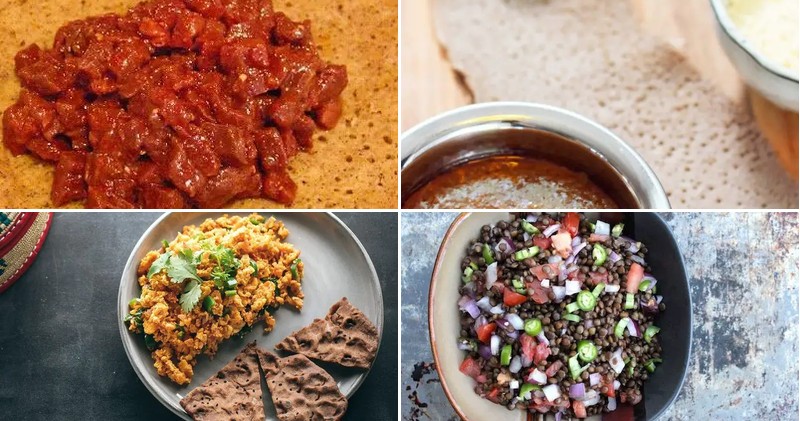Navigating through the diverse cultural landscape of Ethiopia, one of the largest and most culturally rich countries in Africa, it is no surprise that its culinary scene mirrors this diversity.
The numerous ethnic groups that make up this region have shaped societal and cultural norms, resulting in variations from one town to the next, making each experience unique.
Injera
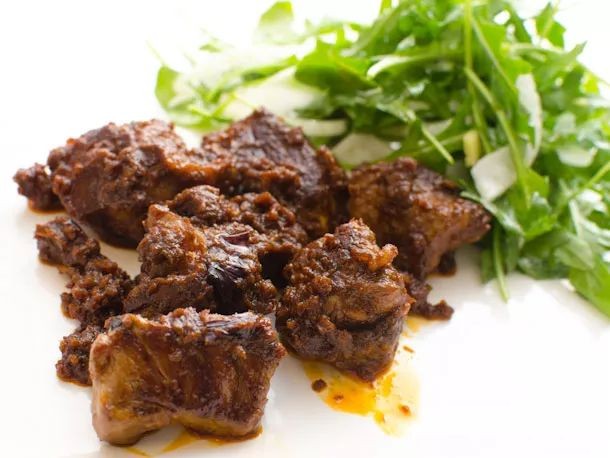
Certainly, no conversation about Ethiopian cuisine would be complete without mentioning Injera. This unique sourdough flatbread is made from Teff flour and serves as both a food component and an eating utensil. A staple in Ethiopian meals, Injera allows for a multitude of dishes to be placed upon it, much like a plate, due to its thin, flat, and wide shape. This characteristic enables multiple items to be served together without them touching one another.
To eat with Injera, you typically rip off a piece, cup it in your hand, and then use the injera as a scoop to pick up other food items placed within the held injera piece.
Beef Tibs
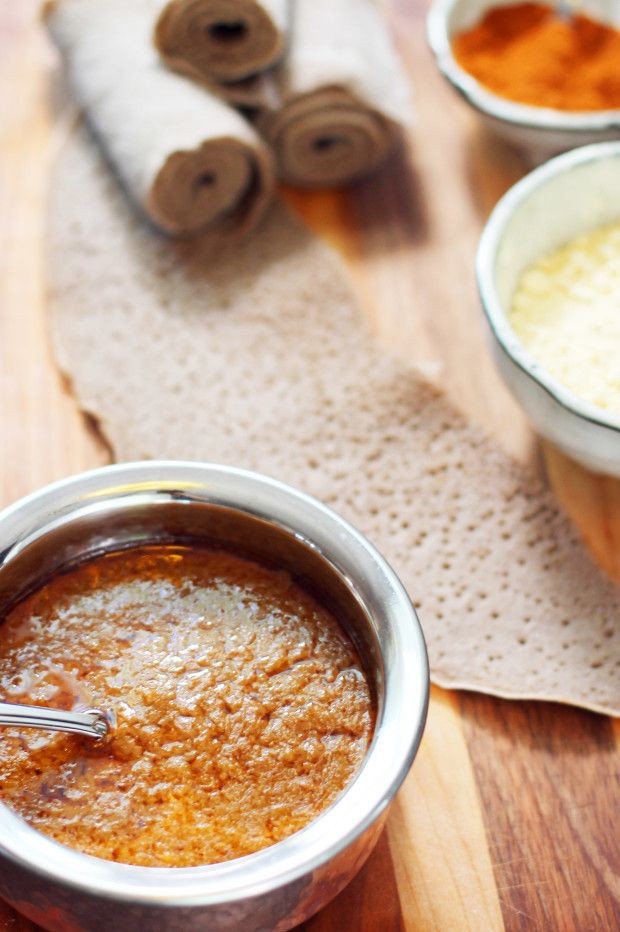
Taking its name from the Ethiopian Amharic word for “stir-fry”, beef tibs are a popular and flavorful dish that originates from Ethiopia. Typically made with diced beef sirloin, which is cut up into small pieces, this culinary delight is then pan fried in a rich and aromatic sauce infused with cardamom, fenugreek, ginger, and cloves, along with sautéed onions and butter or niter kibbeh.
As the dish cooks, the sauce expertly adheres to the beef, filling the kitchen with an irresistible fragrance that’s sure to tantalize your taste buds. Served on injera bread, accompanied by a side of rice and steamed vegetables, or enjoyed as a standalone dish, beef tibs offer a simple yet satisfying culinary experience that instantly transports you to the scenic highlands of Ethiopia.
Shiro Wat
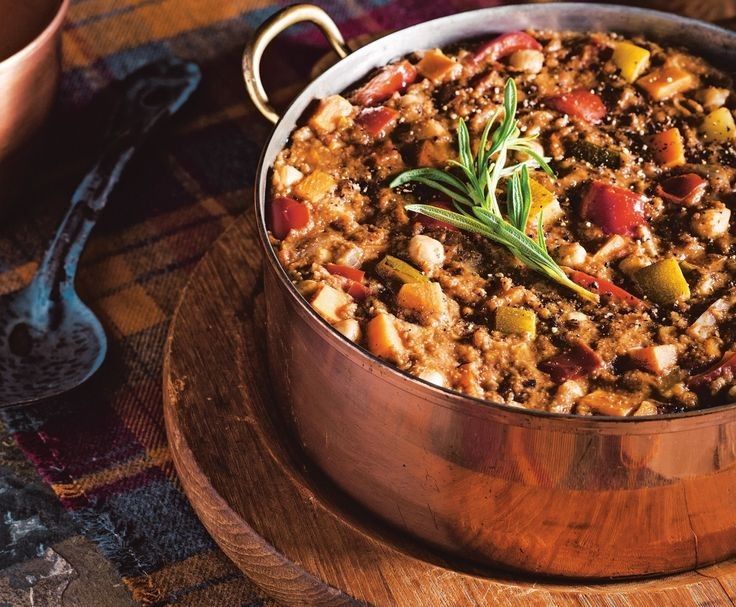
Building on the importance of lentils in Indian cuisine, Shiro Wat holds a similar status in Ethiopian cuisine – its presence is almost guaranteed at any traditional meal. The dish itself comes in various forms, with many vegetarian options and some containing meat, but chickpeas or broad bean meal are consistently the primary ingredients.
Teff Stew
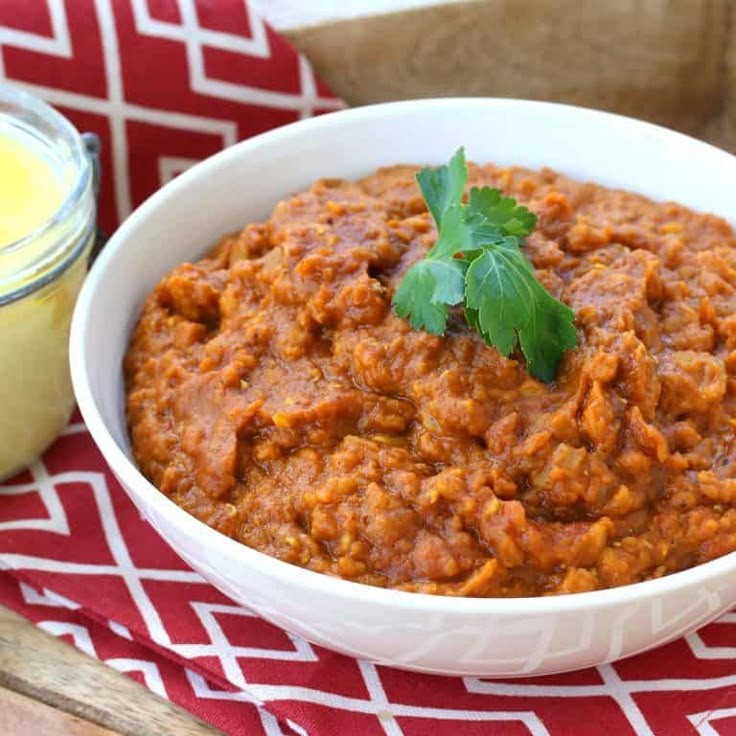
Delving into the culinary world of Teff, it’s clear why this ancient grain has gained popularity globally. Despite being one of the oldest cultivated grains in the world, with a history dating back thousands of years, Teff is predominantly grown in massive quantities along the Horn of Africa, particularly in Ethiopia and Eritrea. Nevertheless, its availability extends beyond these regions, making it easily accessible to food enthusiasts around the world.
The grain’s unique texture and flavor profile make it an excellent addition to various dishes. Similar to barley, Teff adds a rich, creamy element when incorporated into stews or other recipes. The aromatic spices that accompany it elevate the overall taste experience, combining sinfully delicious flavors with a warm, savory, and slightly spicy kick. In fact, the mere scent of this dish is enough to tantalize the senses.
Misir Wat
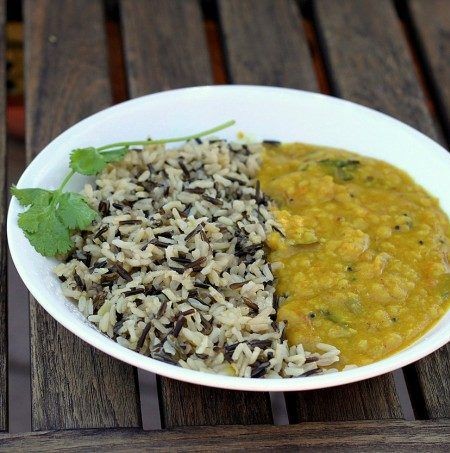
Not only is misir wat a staple in Ethiopian cuisine, but it’s also one of the most beloved dishes across the country. Made with red lentils as its robust base, this stew relies on a medley of flavors to elevate its simplicity. Caramelized onions add a touch of sweetness, while a rich and savory broth provides depth. The addition of an intense spice mix, primarily composed of berbere, brings a distinctive and aromatic note to the dish.
Although preparation takes just 10 minutes, the actual cooking time is at least an hour long. However, the end result is undoubtedly worth the wait.
Kik Alicha
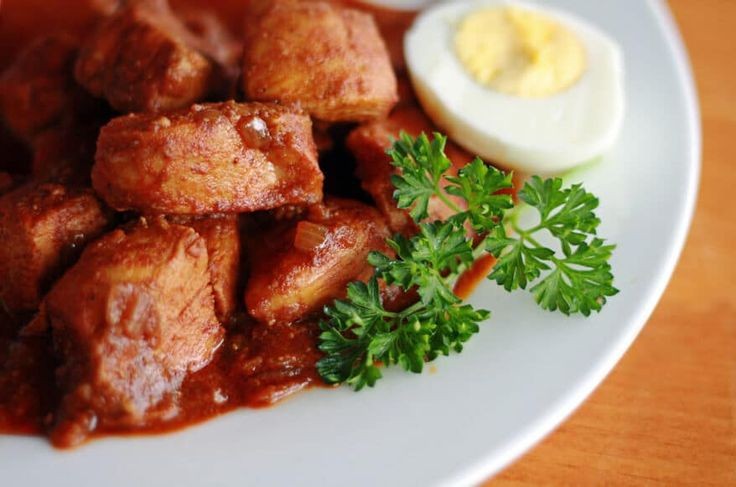
Certainly, split pea soup or stew can be found in many cultures around the world, including Ethiopia. One of the defining characteristics of this Ethiopian dish is its simplicity, requiring only six primary ingredients to prepare. Interestingly, the composition of the stew bears a striking resemblance to the Indian dhal, which is not surprising given the historical cultural exchange between the two regions over thousands of years.
What sets the Ethiopian split pea stew apart from its Indian counterpart is the use of berbere spice blend instead of garam masala and the inclusion of multiple types of peas, resulting in a spicier and more robust flavor profile compared to dhal.
Kitcha Fit-Fit
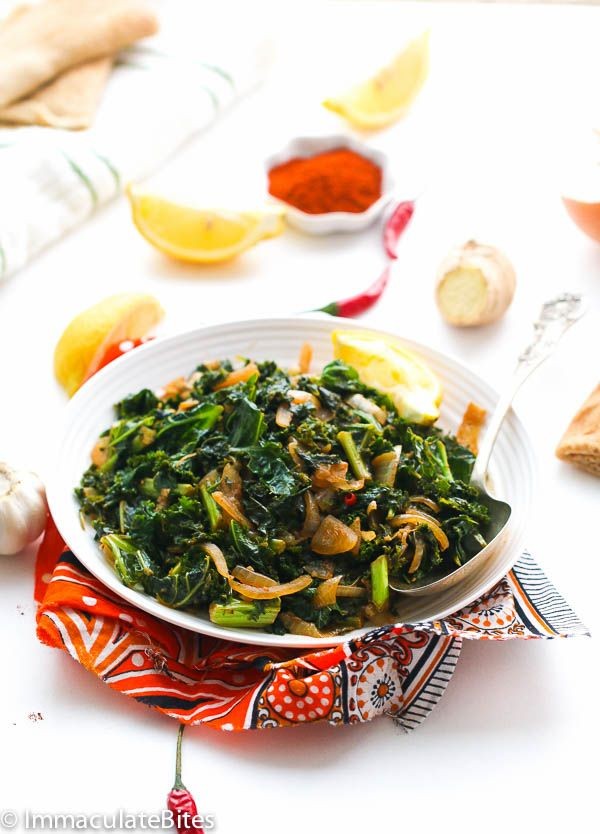
Known for its simplicity and versatility, Kitcha is a staple in Eritrean and Ethiopian cuisine. It is created by mixing wheat flour, salt, and water to form a dough, which is then cooked in a pan – similar to making pancakes, but with distinct differences. The most widely recognized variant of the kitcha meal is kitcha fit-fit or Chechebsa, where the kitcha is torn apart, combined with butter and berbere spices, and served on a plate or bowl accompanied by a dollop of yogurt in the center.
Gomen
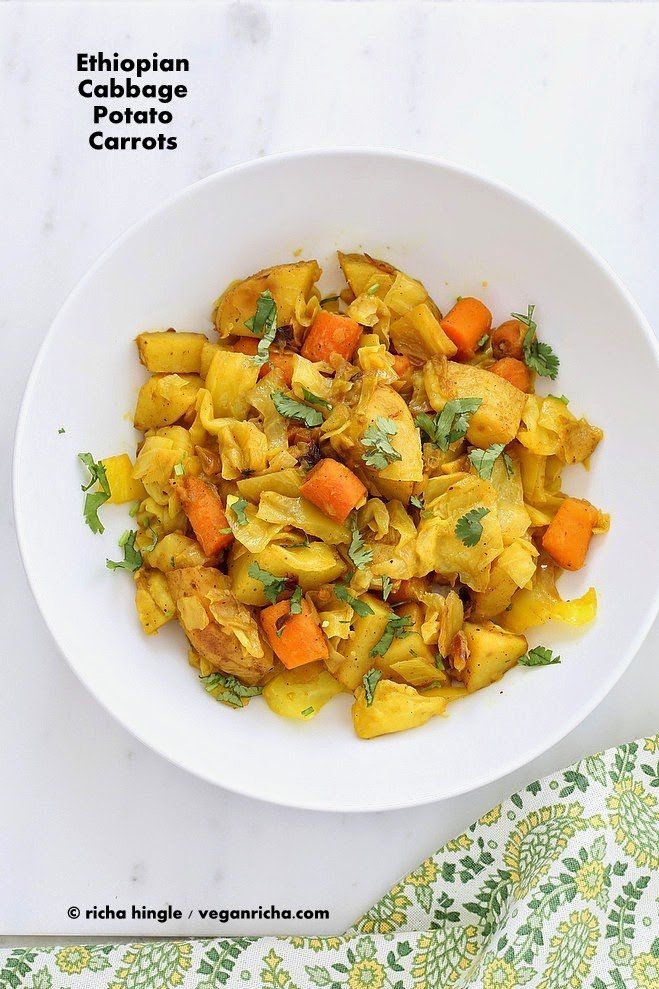
Fresh from the Ethiopian culinary scene comes Gomen, a beloved and traditional side dish that bears resemblance to collard greens, albeit with unique spices. This braised green delight is often cooked in a flavorful broth, combined with a carefully curated spice blend, until the liquid has been significantly reduced.
A versatile option, Gomen typically accompanies a variety of other dishes as a complementary side, but can also stand on its own as a nutritious and light meal when paired with protein-rich ingredients such as chicken, eggs, or beef.
Atakilt Wat
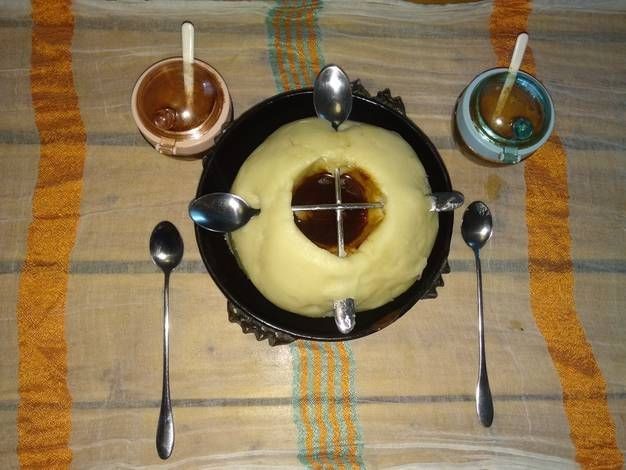
Generally, atakilt wat is a more substantial vegetable-based side dish compared to gomen. Often served as a secondary option, this particular recipe’s ingredients allow for an easy transformation into a main course with minimal adjustments required. A combination of potatoes, carrots, onion, cabbage, and chilies are slow-cooked in a rich butter and spice mixture, resulting in a delectable vegan dish that is both satisfying and flavorful.
The introduction of these ingredients to the traditional Ethiopian diet highlights the adaptability of the cuisine’s culture, while also boasting minimal allergens, making it an accessible option for most people to enjoy.
Genfo

Finding yourself craving traditional Ethiopian cuisine? Genfo is a type of savory porridge that has been a staple for breakfast in many regions within Ethiopia and its expat community. Traditionally, it is prepared using toasted barley flour and water, but due to its limited availability in western countries, wheat flour or cornmeal often serves as a suitable substitute.
By adding the chosen flour to boiling water until absorption occurs, the mixture transforms into a thick and smooth consistency. To finalize the dish, the porridge is molded into a bowl shape with an indentation at its center, which is then filled with a mixture of niber kibbeh (or unsalted butter) and berbere spices. This flavorful combination not only adds taste but also serves as a sauce to complement the savory porridge.
Sambusa
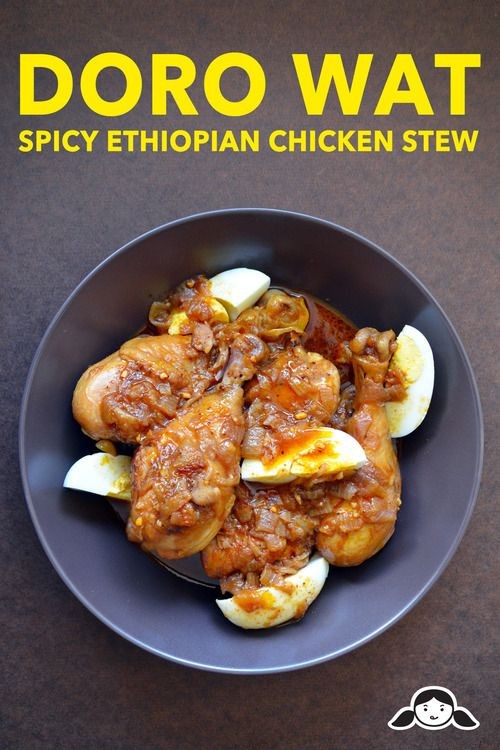
A staple in both Ethiopia and Somalia, the sambusa has a rich history dating back hundreds of years to their contact with India. The pastry itself remains largely unchanged from its Indian counterparts, but the filling is typically a vegan lentil mix seasoned with berbere, giving it a unique twist.
Interestingly, the sambusa’s popularity peaks during periods of fasting for Christians of the Ethiopian Orthodox church, making it a popular choice year-round, but especially during these specific times.
Doro Wat

Finding solace in traditional Ethiopian cuisine, individuals on specific diets have been pleasantly surprised by the gluten-free and grain-free properties of doro wat or chicken stew. This delectable dish, made with tender love and care, consists of slow-cooked chicken drumsticks simmered in a rich mixture of chicken stock, berbere, ghee, cardamom, ginger, onions, and garlic until everything is remarkably tender and flavorful.
The simplicity of doro wat lies in its unassuming presentation – served on a plate as is, yet also paired with sliced boiled eggs to add an extra layer of texture to the dish. Its comforting nature stems from the harmonious balance of spices and herbs, making it a true delight for those seeking a satisfying meal that caters to their dietary needs.
Spris
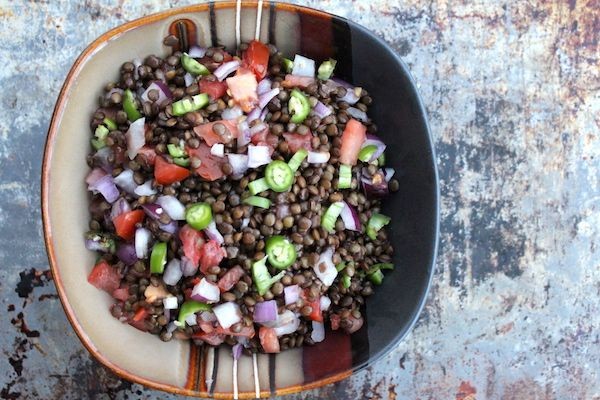
Refreshing summer treats have no match than fruit smoothies, especially when they’re inspired by Ethiopian culture and their creative use of spris. To make this unique blend, gather a few essential ingredients, including mango, papaya, avocado, sugar, water, ice, and lime juice. The fruits are then blended separately with sugar, water, and lime juice to bring out their distinct flavors, before being carefully layered in the glass.
First, pour the papaya mix into the glass, followed by a spoonful of creamy avocado on top. Finally, add a layer of sweet mango, ensuring that each component stays separate, allowing you to enjoy three distinct flavors in one refreshing drink when consumed.
Azifa
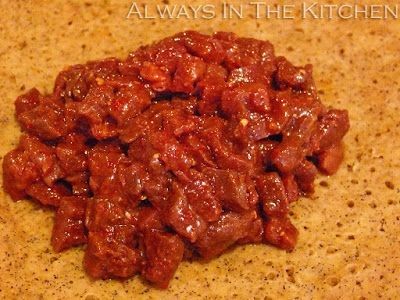
Regardless of whether you’re in search of a light yet satisfying lunch or a side dish that can hold its own against any main course, Azifa is definitely worth considering. This lentil salad consists of lentils, lime tomatoes, red onion, and very mild red chili peppers, all mixed together in a bowl to create a harmonious balance of flavors. Each ingredient brings its unique flavor profile to the dish, elevating it beyond just a sum of individual components.
Azifa is also remarkably healthy, with almost no added fat, and the combination of ingredients provides a substantial amount of essential nutrients that your body needs.
Gored Gored
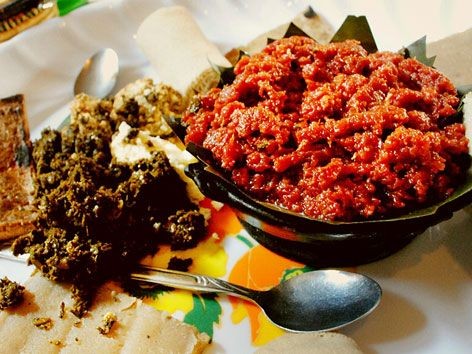
Keenly enjoyed by many Ethiopians and Eritreans, Gored Gored is a relatively rare or raw beef dish that has gained immense popularity in these countries. Interestingly, this delicacy is considered a national dish by the majority of locals. The beef used to prepare Gored Gored is not minced but rather cubed and left unmarinated for a short period before serving. It is typically served with or rolled in a mixture of various seasonings such as mitmita, berbere, niber kibbeh, and awazi sauce.
Once seasoned, the dish is usually presented on top of injera, the traditional Ethiopian flatbread.
Kitfo

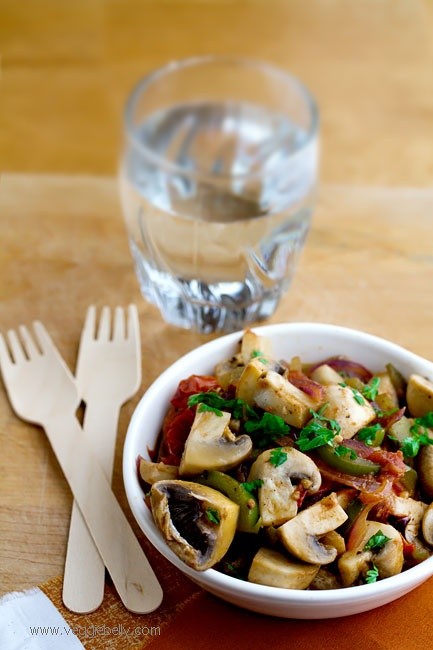
Known for its unique preparation method and distinctive flavor profile, Kitfo bears a striking resemblance to Gored Gored in several aspects. Notably, both dishes feature raw meat accompanied by a similar spice blend, albeit with one crucial difference: the marination period. In the case of Kitfo, the meat is typically allowed to absorb the flavors of the spice mix for a duration prior to serving.
For those who prefer their meat slightly more cooked, the Kitfo leb leb option presents itself as a compromise – lightly cooked while still retaining its nearly raw essence. Interestingly, Kitfo holds significant cultural importance in Ethiopia and is often reserved for special occasions, particularly during traditional or religious holidays.
One such instance is the Meskal holiday of the Ethiopian Orthodox Church, observed on September 27th, where Kitfo is a prominent feature of the celebrations.
Yataklete Kilkil
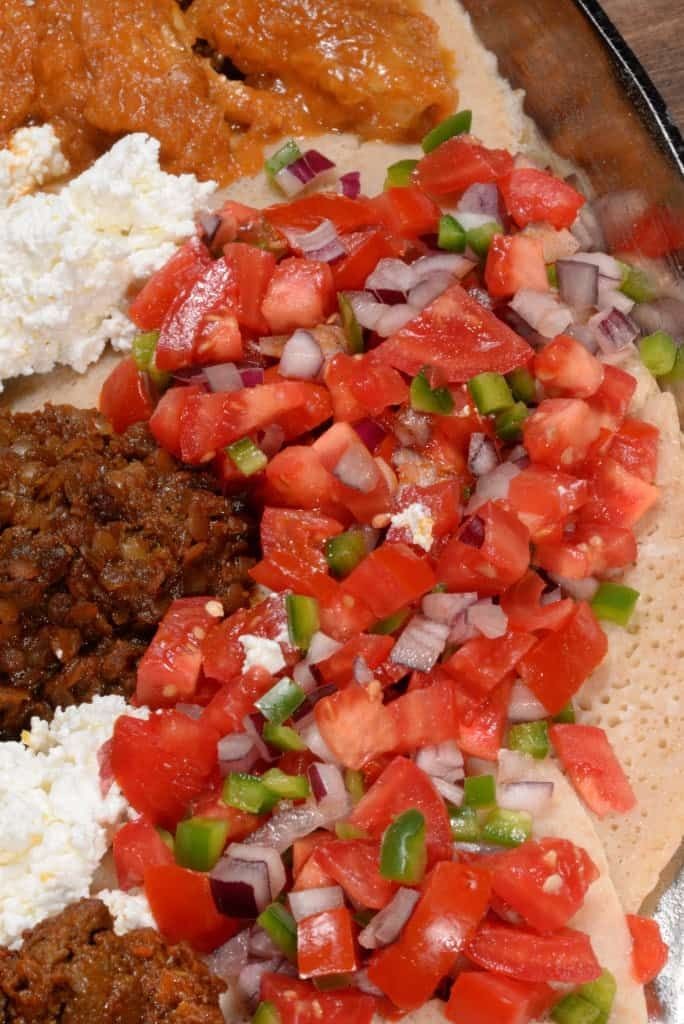
Tucked away in the heart of Ethiopian cuisine is Yataklete kilkil, a warm and inviting vegetable stew that’s perfect for cold winter nights. This hearty dish combines the comforting flavors of potatoes, carrots, green beans, and onions with a blend of light spices and hot peppers, all slow-cooked in a rich reduced tomato sauce. The result is a filling and satisfying meal that will leave you feeling cozy from the inside out.
For those who prefer a milder flavor, consider serving a dollop of yogurt or sour cream on the side to help balance out the heat.
Timatim
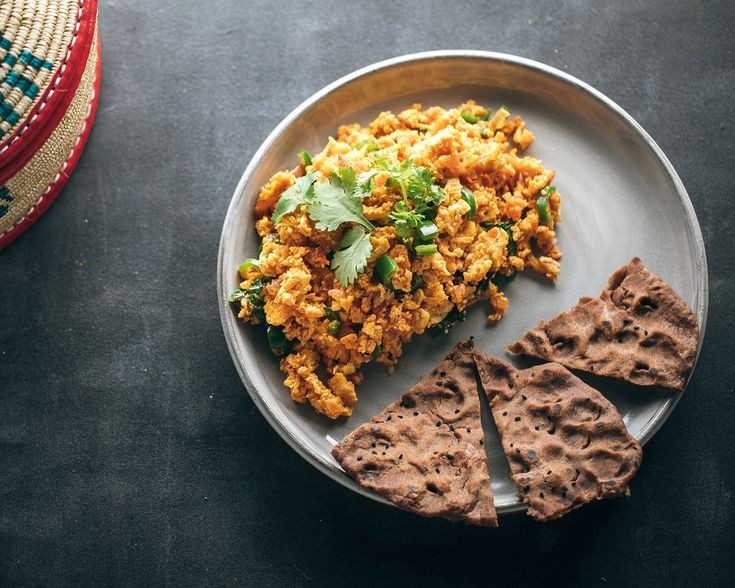
Taking its cues from hearty stews and refreshing salads, timatim is a revitalizing tomato salad that showcases the beauty of fresh vegetables paired with a zesty vinaigrette to leave you feeling invigorated and ready to take on the day. Tomatoes, onions, and jalapeño peppers are carefully diced and tossed together in a harmonious blend of canola oil, vinegar, lemon juice, garlic, and berbere seasoning, resulting in a delightful sweet and spicy kick that will tantalize your taste buds.
This dish’s chilled nature makes it an ideal choice for warm summer evenings spent with loved ones or on crisp spring nights when sharing stories with friends.
Enqulal Fir-Fir
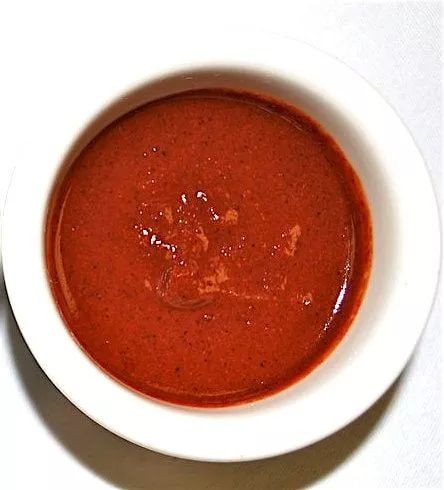
Not only does niber kibbeh serve as the equivalent of butter in Ethiopian cuisine, but it’s also a key component in the traditional breakfast dish. This scrambled egg-like meal is often packed with an assortment of ingredients, including onions, red and green peppers, tomatoes, and chili peppers. The addition of these vegetables not only adds flavor but also provides a nutrient-rich start to the day.
For those who prefer a milder option, simply omitting the peppers will effectively eliminate the heat, allowing everyone to enjoy this delicious breakfast dish.
Awaze
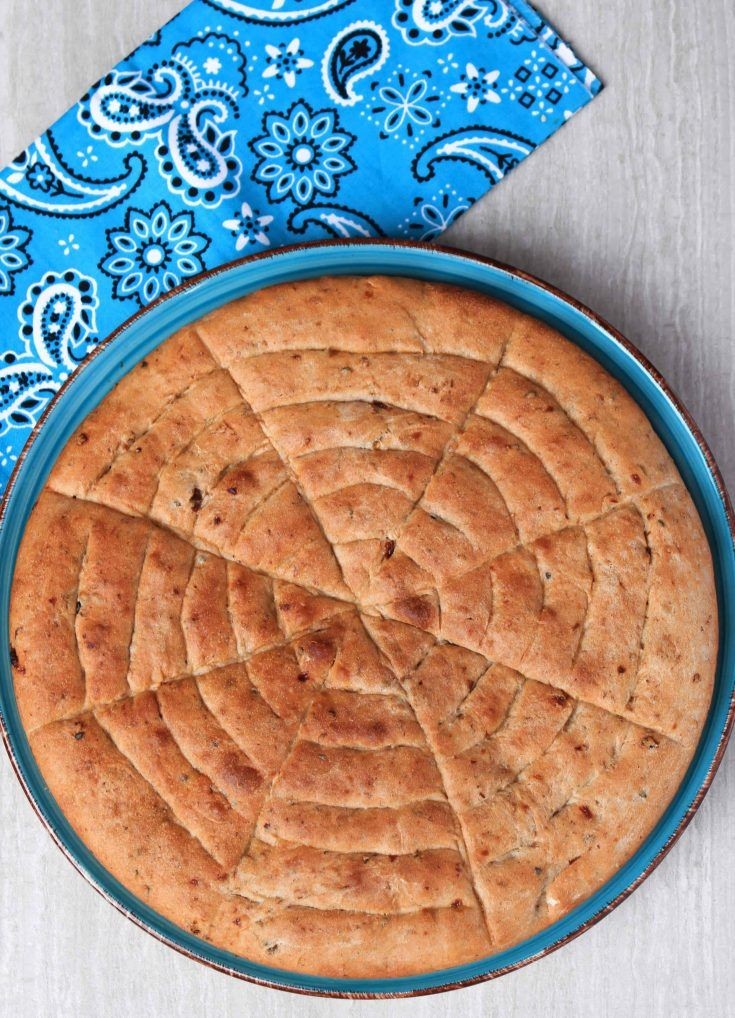
Year after year, Ethiopians have been enjoying an array of dipping sauces that perfectly complement their meals, thanks in part to the diverse flavors they experience with every bite. These flavors often range from spicy to sweet and savory, creating a culinary delight that’s both exciting and familiar. One such sauce is Awaze, which has gained popularity for its simplicity and ability to add just the right amount of heat to any dish.
